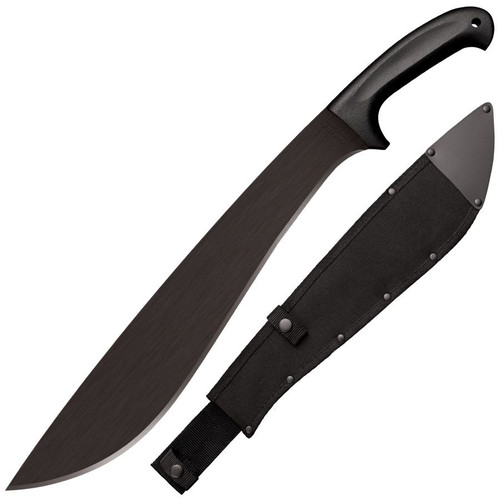
There are two critical flaws with both of these orders, unfortunately, that prevent either from being appropriate. Episode Order - Watch the films in the order George Lucas intends, starting with Episode I and going straight through to Episode VI.Release Order - Watch the films in the order they came out, recreating your experience with the films for someone new to them.There are two obvious options for watching the Star Wars saga. Whatever your reason, if you are showing someone the official editions of Star Wars for the first time, you have to make a decision about which order to watch the films. Hell, maybe you actually like the prequels (seriously?). Maybe you’ve accepted that the original theatrical editions are no longer considered canon, and you’re a nerd that cares about things like that. So, with that out of the way, what can you do if you do wish to involve the prequel trilogy? Maybe you don’t want to mess around with fan edits or the pirate bay, and you just want to watch the official Blu-rays with your kids. There’s also a Project 4K80 for Empire Strikes Back and Project 4K83 for Return of the Jedi. While not quite as crisp as Harmy’s, this is my favorite version of the original film by far. Since people still link and check this post occasionally, I wanted to mention Project 4K77 which has taken a copy of the original theatrical negative and scanned it in 4K, releasing versions with and without digital noise reduction. UPDATE: Since writing this original post, Star Wars has been made available in an even better format than Harmy’s Despecialized. If the “proper order” for Star Wars for you is the original trilogy and nothing else, stop reading now and find the Despecialized Editions. Downloading, burning, labeling, and printing cases for these films is one of the neckbeardiest things I’ve done (aside from writing this blog post), and I’m extremely glad I did it.
MACHETE SCREENIT 720P
They are 720p videos that are the result of “Harmy” from The Original Trilogy forums painstakingly reconstructing the theatrical releases of all three films utilizing a wide variety of video sources as well as custom mattes. And, as it’s a very smart way to tell stories, it’s something I hope we see more papers emulate soon.Brace yourselves, what follows is a disturbingly long post about the best order in which to watch Star Wars.įirst, let me say this: for people that couldn’t care less about the prequel trilogy, I suggest Harmy’s Despecialized Editions. Warning: The photos of the protest include some of an engineer who was cut with a machete after his presentation, which begs the question of why they were allowed to bring machetes to a public meeting, but I digress.
MACHETE SCREENIT SERIES
My personal favorites are this photo of a Chinese couple after an earthquake struck during their wedding photo shoot at a deserted Catholic seminary and the series on an indigenous tribe protesting a hydroelectric dam.

MACHETE SCREENIT FREE
The web is free of the restraints of the hardcopy pages, so it’s nice that this blog has actually taken advantage of that.

It’s a nice departure from the small images that generally accompany online news articles and the ever-constant space struggle between stories, photos and ads in print. The photojournalism blog is compiled semi-regularly by Alan Taylor and uses high-quality photos from different news services around the world to focus on current events, lesser-known stories or “just about anything that comes across the wire that looks really interesting.”Īnd the featured photos truly are “big pictures ” they run at a size that will take up most of your computer screen. Still, when it comes down to it, sometimes a photo really is better than a thousand words.įew things show this better than The Boston Globe’s new blog, The Big Picture. I enjoy the chance to try and describe a place, a situation or a person, aiming to make the reader feel like they’ve experienced these things themselves. When I first started taking journalism classes in college, I was drawn to the print department over photo or broadcast because, in general, I felt it gave a better opportunity to really tackle an issue rather than try to capture it in a photo or 30-second sound bite.


 0 kommentar(er)
0 kommentar(er)
